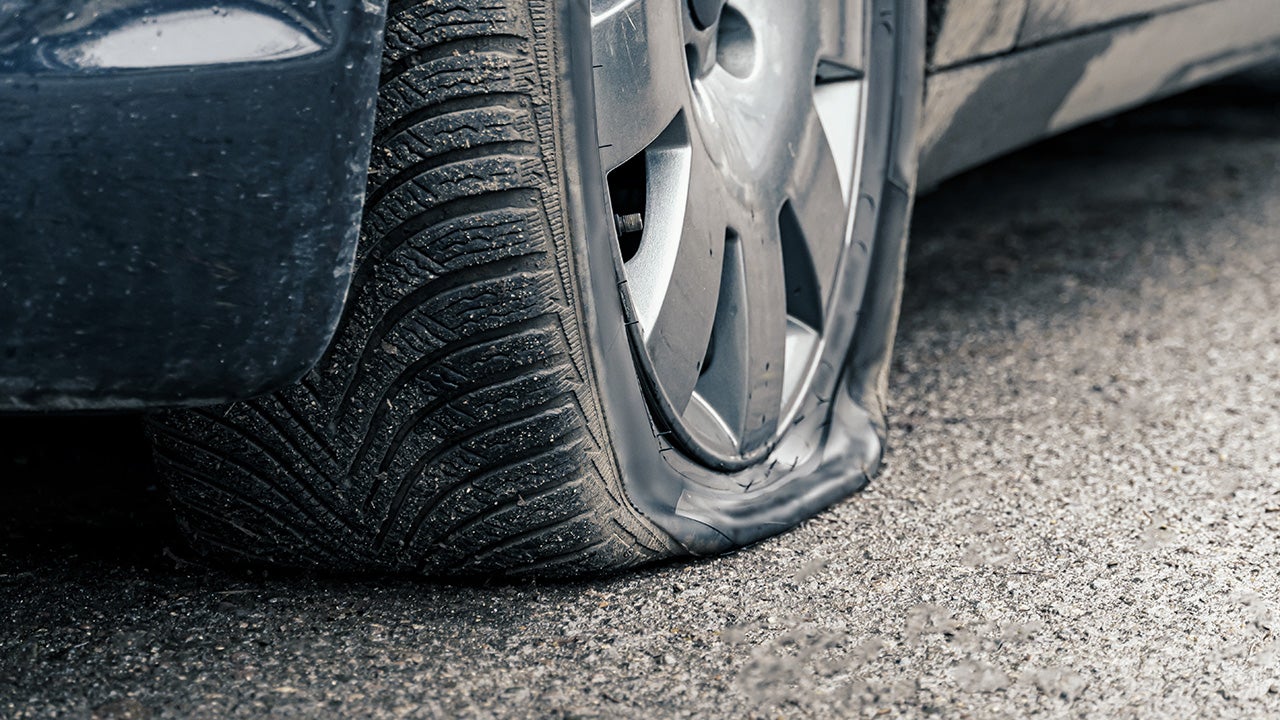All Categories
Featured
Table of Contents
The Michelin provided a comfortable driving experience, characterised by receptive guiding and a dynamic understeer equilibrium. In spite of the cooler screening conditions, Michelin's consistent time and grasp over 3 laps indicates its viability for real-world applications. Alternatively, Yokohama's efficiency was distinct. While its super-quick guiding led to a quick front axle turn, the rear showed a propensity to swing extra.
The tire's very first lap was a second slower than the second, directing to a temperature-related grip rise. For daily usage, the Michelin could be a much safer bet.
Tyre Shop Services Near Me
It shared Michelin's safe understeer balance however did not have the latter's desire to transform. Continental and Goodyear's performances were notable, with Continental's new PremiumContact 7 revealing a significant enhancement in wet conditions compared to its precursor, the PC6. This design was much less delicate to pack adjustments and behaved a lot like the Michelin, albeit with a little less communication at the limit.
It incorporated the safe understeer balance of the Michelin and Continental with some flashy handling, proving both predictable and fast. As an all-rounder for this Golf GTI, Goodyear's Uneven variety was the standout, demonstrating remarkable efficiency in the damp. Lastly, the Bridgestone Potenza Sporting activity took the crown as the fastest tyre, albeit by a little margin.
Drivers seeking an amazing wet drive may discover this tire worth thinking about. The standout performer in damp braking was the latest tyre on examination, the PremiumContact 7, though the results are nuanced.
Leading Low-cost Tyres Near Me – Swan 6054 WA
Ideally, we desired the chilly temperature examination to be at around 5-7C, yet logistical delays implied we evaluated with an average air temperature level of 8C and water at 12C. While this was cooler than standard test conditions, it was still warmer than real-world conditions. The cozy temperature level examination was done at an average of 18C air and 19C water.
The 3rd run entailed damp braking tests on used tyres, particularly those machined down to 2mm with a little confrontation. While we planned to do even more with these used tires, weather condition restraints restricted our testing. Nonetheless, it's worth keeping in mind that damp stopping is most critical at the used state, as tires usually enhance in dry conditions as they use.

Bridgestone, Goodyear, and Michelin saw the least efficiency reduction when put on. The Hankook tyre registered the tiniest efficiency decline as temperatures cooled down, yet it was among the most impacted when used.
Tyre And Wheel Services Near Me – Lockridge 6054 WA
The take-home message here is that no solitary tire excelled in all aspects of wet stopping, indicating an intricate interaction of factors influencing tyre efficiency under different conditions. There was a standout tire in aquaplaning, the Continental completed top in both straight and curved aquaplaning, with the Michelin and Goodyear likewise great in deeper water.

Yokohama might profit from slightly more grasp, a concern potentially influenced by the cooler conditions. As for dealing with, all tyres carried out within a 2% array on the lap, showing their high-quality efficiency (Premium tyre selection). Thinking about these tyres essentially target the very same customer, it's interesting to observe the substantial differences in feeling.
The shock is due to the fact that the PremiumContact 6 was one of my favourites for sporty dry drives, however its successor, the PremiumContact 7, seems extra mature and resembles Michelin's efficiency. Among these, Hankook was the least exact in guiding and interaction at the limit. Tyre care. Both Michelin and Continental provided charming first steering, albeit not the fastest
If I were to suggest a tyre for a fast lap to a newbie, say my daddy, it would certainly be one of these. After that we have the 'fun' tires, namely Yokohama and Bridgestone. Both were speedy to steer and really felt sportier than the others, however the trade-off is a more lively rear end, making them extra tough to handle.
Leading Cheap Tyres ( Swan)
It gave comparable steering to Bridgestone but used better feedback at the limitation and better grasp. The Bridgestone Potenza Sport, nonetheless, seemed to degrade quite swiftly after simply 3 laps on this requiring circuit. There's Goodyear, which positioned itself somewhere between the enjoyable tyres and those often tending in the direction of understeer.
Altogether, these tyres are outstanding entertainers. For roadway use, I 'd lean in the direction of either the Michelin or Goodyear, relying on your particular choices. In regards to tyre wear, the approach utilised in this test is what the sector describes as the 'gold criterion' of wear. The wear professionals at Dekra conducted this test, which entailed a convoy of automobiles going across a thoroughly intended route for 12,000 kilometres.
Both the Bridgestone and Yokohama tires significantly underperformed in comparison to the other 4 tires in regards to rolling resistance, with Continental somewhat surpassing the rest. Concerning the convenience degree of the tires, as prepared for, many demonstrated an inverse connection with handling. The Continental, Michelin, and Goodyear tires carried out best across various surface types checked.

Bridgestone began to show indications of suppleness, while Yokohama was particularly disconcerting over fractures. We did measure inner noise levels; nonetheless, as is commonly the case, the outcomes were carefully matched, and as a result of weather constraints, we were not able to perform a subjective analysis of the tyres sound. Finally, we checked out abrasion numbers, which gauge the amount of tire tread shed per kilometre, normalised to a one-tonne automobile.
Honest Tyre Inspections Near Me – Lockridge 6054 WA
This figure represents the amount of rubber dust your tyres create while driving. Michelin led in this classification, producing over 9% much less rubber particulate issue.
Latest Posts
Best Long-lasting Tyres Near Me – Swan
Trusted Wheel Alignment – Dianella WA
Trusted Tyre Repair Services Near Me (Balga)